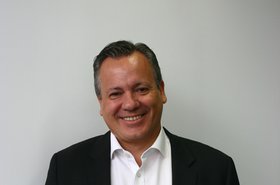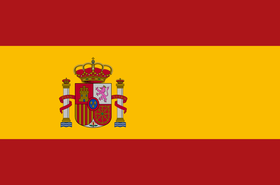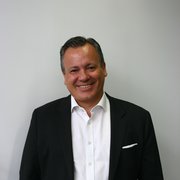The data center sector is in a constant state of evolution, focused on achieving greater energy efficiency and sustainability.
In an exclusive interview with DCD, Quark’s Ricardo Abad reveals how the company is working with some of its most innovative clients to offer comprehensive energy solutions, ranging from generation, to energy services to the community.
A global revolution is taking place in the data center sector so that energy consumption is increasingly efficient and sustainable. Spain is positioning itself as a market to follow, but what sets Spain apart?
Spain is a world leader in renewable energy. Our weather conditions in terms of sun and wind make us unique in our ability to produce electricity from clean sources. In addition, our country is also positioning itself as one of the most important hubs in the world in hydrogen technology.
Obviously, the data center sector is fully involved in the use of renewable energy, but at Quark we wanted to go one step further. We are not satisfied with being sustainable in the data center, we want to be sustainable throughout the energy ecosystem.
In other words, offer our clients the design of a comprehensive energy solution that ranges from generation with photovoltaic, wind or hydrogen technology plants, to providing energy services to the community. We are talking about an evolutionary leap in the sector and we’re already working with some of our most disruptive clients.
Data centers are pursuing the goal of zero emissions. What technologies is Quark currently considering in new developments to make these infrastructures more efficient?
Data centers are the first sector in Europe that has voluntarily adopted the commitment to zero emissions by 2030, by signing the European Pact for Climate Neutrality for data centers and cloud services.
At Quark we are fully aligned with this objective. We are very sensitive to having the minimum impact on the environment, which is why we focus all our efforts on implementing the most efficient technologies in our designs. For example, we are working on projects where the data center facilities already integrate from their concept photovoltaic plants, wind farms and energy storage, either with batteries or with hydrogen.
And shortly, we will see a change in the model of colocation operators, who will have an energy management division, not as receivers, which is the current case, but as producers and distributors.
Does it mean that these new techniques can have a beneficial impact on society?
Of course, our goal is that in a few years the data center will stop being seen as an infrastructure that consumes energy to a facility that can provide energy services to the community. I can think of many examples of that benefit that data centers could give to society.
Without going any further, with the power that a data center is not using, a park with electric chargers for vehicles could be installed nearby or even provide that power to the conventional network in case of emergency or need, a blackout occurs or electrical drop.
It could also offer thermal energy through district heating, that is, the heat generated by a data center can be used to feed the heating of a school or hospital.
In conclusion, far from being a mere receiver, data centers would be one more part of the energy system of the community in which they are located. It is a remarkable paradigm shift.
And does this new way of interrelating with your environment also benefit data centers?
The greatest benefit we could have is getting society to see us as part of the solution to the sustainable use of our resources. It is our ambition and for this we work every day.
In any case, these interrelationships with the environment also enhance efficiency, improving the state of backup facilities by playing an active role instead of a passive one. In short, making people understand that the large investments made in energy infrastructure benefit us all.
More from Quark
-

Sponsored Towards the circular economy and the off-grid data center
The intrinsic link between energy efficiency and sustainability
-

Sponsored Spain now a key data center hub for Southern Europe - Quark's Ricardo Abad
DCD spoke with Quark’s Ricardo Abad about the growth of the data center market in Spain
-

Sponsored The rules of the game are changing
Data center operators must treat suppliers and other players in their supply chain as trusted partners if they are to remain competitive, argues Quark's Miguel Gallego

